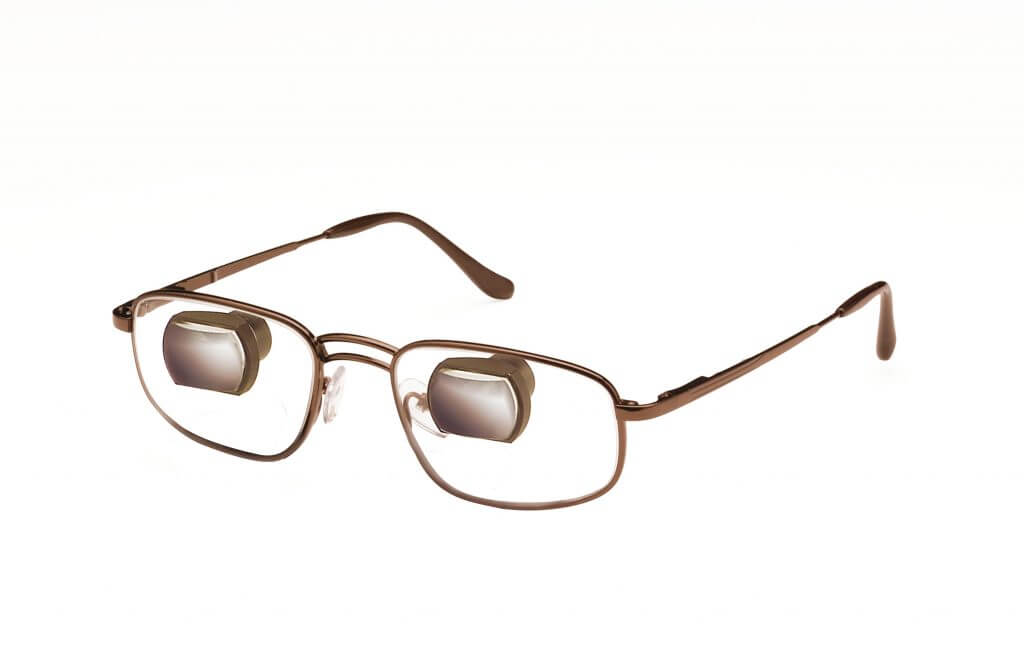
Keeping Eye Pressure Low
Eyes in good health produce aqueous humor continuously and should produce equal amounts for drainage, thus creating an equilibrium in production and drainage in order to maintain stable pressure in





